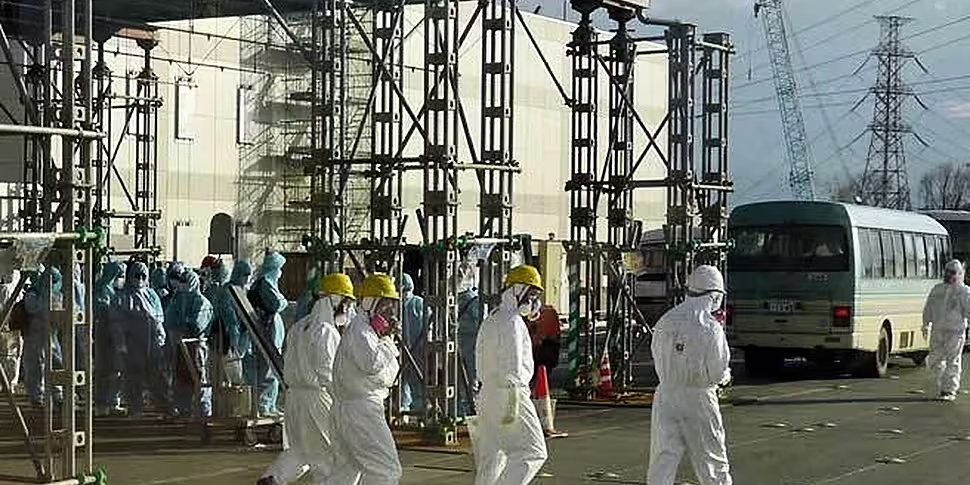Japan is marking the third anniversary of the earthquake and tsunami which killed nearly 16,000 people with thousands more still missing at Fukushima.
Ceremonies will be held in cities around the disaster zone and in Tokyo where the Emperor and Empress will lead tributes to those who lost their lives in the worst-ever peace-time disaster there.
Many local governments turned on the tsunami alarm siren to mark the exact moment the magnitude-9 quake hit.
Much of the attention is focused on the stricken Fukushima nuclear plant. It is believed over 1,500 residents near the plant died from complications from stress and other problems following the accident.
Following the quake and tsunami on March 11th, 2011, a series of explosions and meltdowns caused the worst nuclear accident for 25 years. Radiation was strewn over an agricultural area of Fukushima.
A 30 kilometre around the plant was declared a no-go area, forcing some 160,000 people from their homes.
Other areas, where the radiation was not so high took steps, such as replacing the earth in parks and school playgrounds.
Deaths from stress
Data compiled by officials and police show that three years after the disaster, 1,656 people living in Fukushima prefecture have died from stress and other illnesses related to the tsunami.
That compares with the 1,607 people who were killed as the huge waves hit the coastline.
Hiroyuki Harada, a Fukushima official dealing with victim assistance, said "People have gone through dramatic changes of their environment. As a result, people who would not have died are dying".
Along with the prefectures of Miyagi and Iwate, Fukushima was one of the worst-hit parts of Japan when the powerful earthquake triggered the tsunami.
The tsunami caused a nuclear disaster after cooling systems at the Daiichi plant were knocked out, sending reactors into meltdown and forcing the evacuation of thousands of people.
Many people remain displaced, with homes around the plant declared unsafe and rebuilding programmes progressing slowly.









